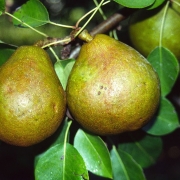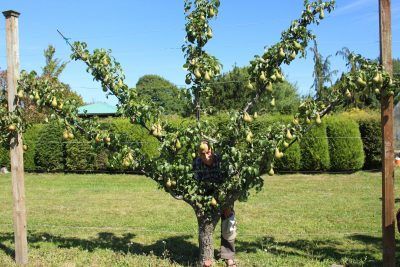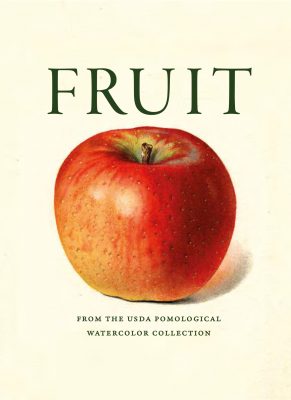EASY CHERRIES
Sweet, Juicy, & Tolerant
Nanking cherries (Prunus tomentosa) are now at their peak of perfection, sweet and sprightly flavored, brilliant red in color, still firm, and, as usual, abundant. Nanking cherries are very juicy and not stingy to release the juice. Straight up, it’s the most refreshing juice imaginable.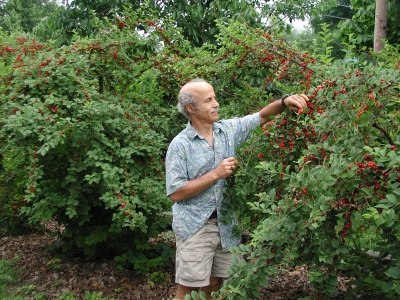
You’ve never heard of Nanking cherries? Understandable since they are an uncommon fruit. (And warranted a whole chapter in my book Uncommon Fruits for Every Garden, now out of print but in the works for updating and expanding.) As the name tells you, they are native to China, more generally to the cold, semi-arid regions of Asia. This provenance tells you something about the toughness of the plant, where it weathers winter temperatures below minus 20 degrees F. and summer temperatures as high as 110 degrees F. Read more


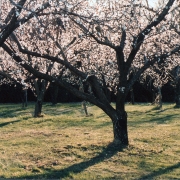
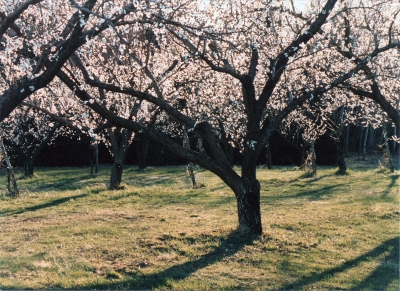
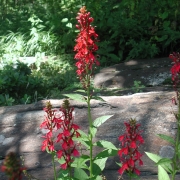
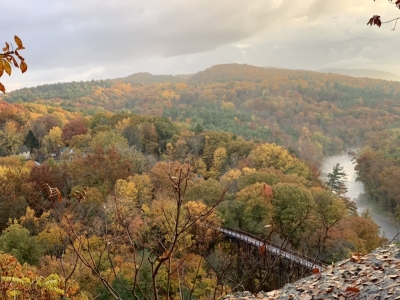
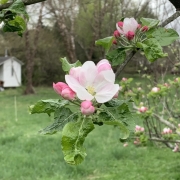
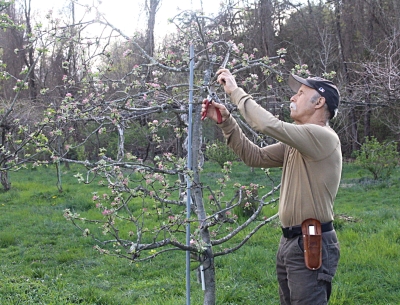
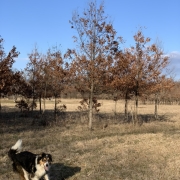
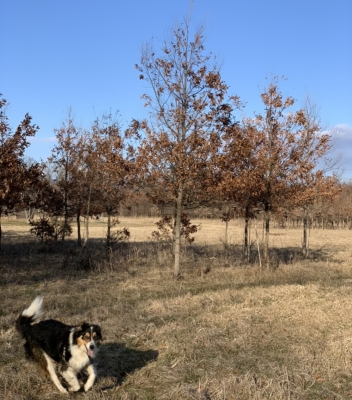
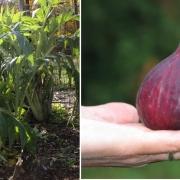

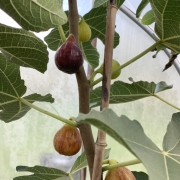
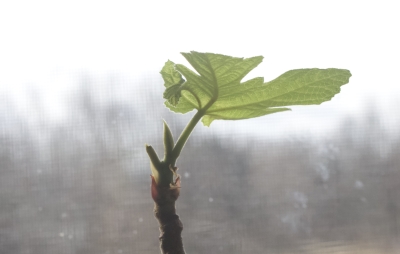
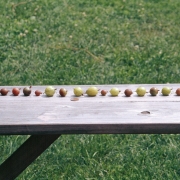
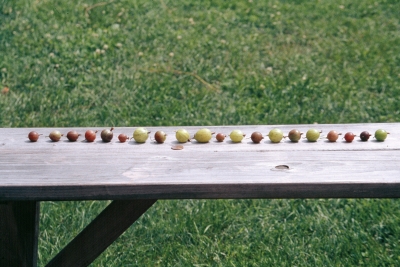 Those winning berries were the handiwork of amateur breeders and some rather esoteric horticulture. Suckling a promising berry, for example, whereby a saucer of water was perched beneath an individual berry throughout its growth, just high enough to wet only its calyx (far end).
Those winning berries were the handiwork of amateur breeders and some rather esoteric horticulture. Suckling a promising berry, for example, whereby a saucer of water was perched beneath an individual berry throughout its growth, just high enough to wet only its calyx (far end).